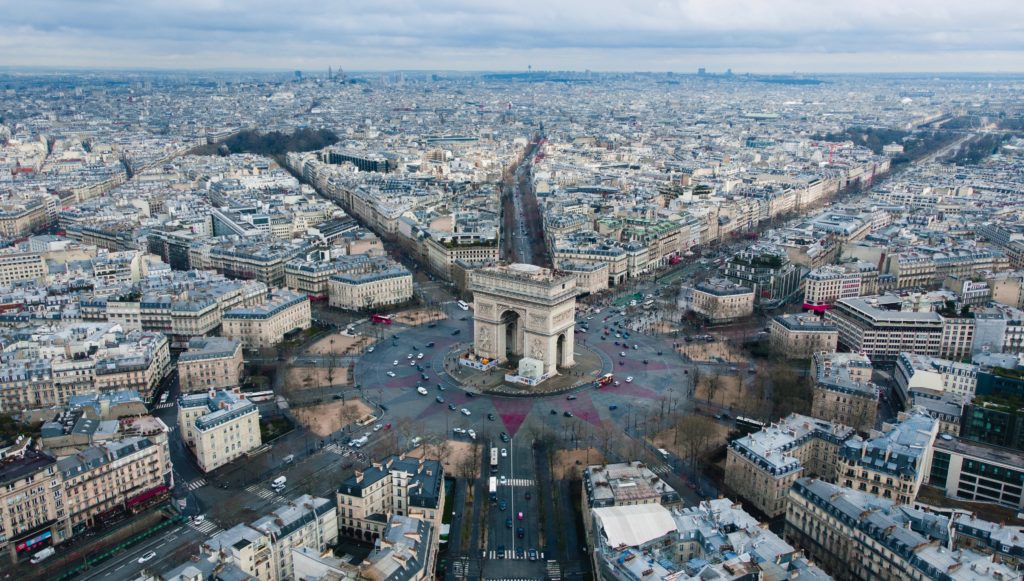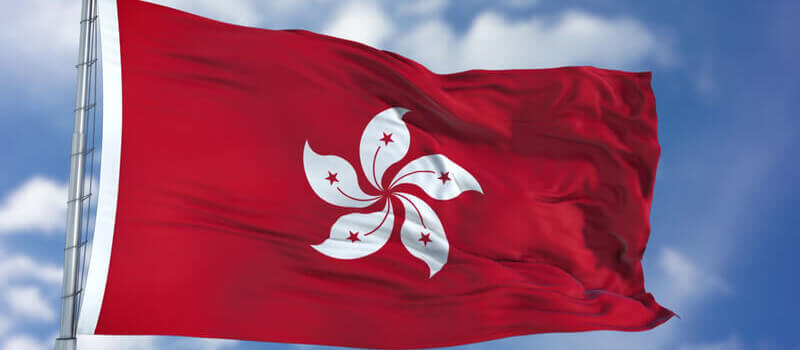The housing market in France is still strong, with the largest price increases in ten years. According to the National Institute for Statistical and Economic Studies, house prices in Metropolitan France increased by a strong 5.85% in the year to Q2 2021 (4.41% inflation-adjusted), following y-o-y growth of 5.86% in Q1, 6.4 percent in Q4 2020, 5.21 percent in Q3 and 5.64 percent in Q2 (INSEE).

In Q2 2021, housing prices increased 1.57% quarterly (0.8% inflation-adjusted).
But the center experiences the smallest increases in home prices. Between Q1 2021 and Q2 2021:
La Chambre des Notaires de Paris
According to the La Chambre des Notaires de Paris, the average apartment price in Île-de-France, the wealthiest and most populous region of the nation, increased by 2.1% y-o-y (0.7% inflation-adjusted) to €6,710 (US$ 7,665) per sq.m.
Petite Couronne
The average price of flats in the Petite Couronne increased by 4.5% y-o-y and 3% inflation-adjusted to €5,390 (US$6,157) per sq.m.
Grande Couronne
The average price of an apartment in the Grande Couronne climbed by 4.1 percent year over year (2.7 percent inflation-adjusted) to €3,290 (US$ 3,758) per square meter.
Hauts-de-Seine
Apartment prices in Hauts-de-Seine, one of the most populous departments in the nation, rose 4.3 percent year over year (2.9% inflation-adjusted) to €6,590 (US$ 7,528) per square meter.
Paris
House prices in Paris have even slightly decreased, suggesting that some rural residents are moving to the city due to its high cost of living. According to the La Chambre des Notaires de Paris, the average price of existing apartments in the capital city decreased by 0.2% (-1.5% inflation-adjusted) to €10,650 (US$ 12,166) per square meter (sq. m.) over the year leading up to Q2 2021. According to recent research by the University of Paris and King’s College London, nearly 50% of Parisians believe that their city is too expensive, and 43% think they could live more comfortably somewhere else. There is no doubt that the epidemic has caused a shift in population toward more rural, greener places.
Both demand and supply are now recovering. In the first three quarters of 2021, there were 351,066 new homes allowed in France, a 25 percent year-over-year increase, and there were 296,906 new homes started. According to the General Council for the Environment and Sustainable Development, existing home sales increased by 22.6 percent year over year in August 2021 to an annualized 1,208,000 units after declining by 4 percent in 2020. (CGEDD). According to Ministère de la Transition Écologie, new home sales increased by 29 percent year over year to 61,718 units in the first half of 2021 after falling by 22.8 percent the previous year.
Impact of mortgage fixed rate on housing market stability
The French mortgage market has grown significantly during the previous 15 years, rising from 18.5 percent of GDP in 2000 to 51.7 percent of GDP in 2020. In France, mortgages are used to purchase more than 80% of all owner-occupied homes.
Total outstanding housing loans to households increased 7.1% to €1.25 trillion (US$1.43 trillion) in September 2021 from the same month the previous year.
France’s home market is probably much less likely to be subject to sudden ups and downs than housing markets in other nations, where floating rate housing loans constitute a key cause of instability.
Less than 6% of new loans in France have floating rates, compared to more than 87 % of new housing loans that have initial rate fixes (IRF) of over 10 years.



